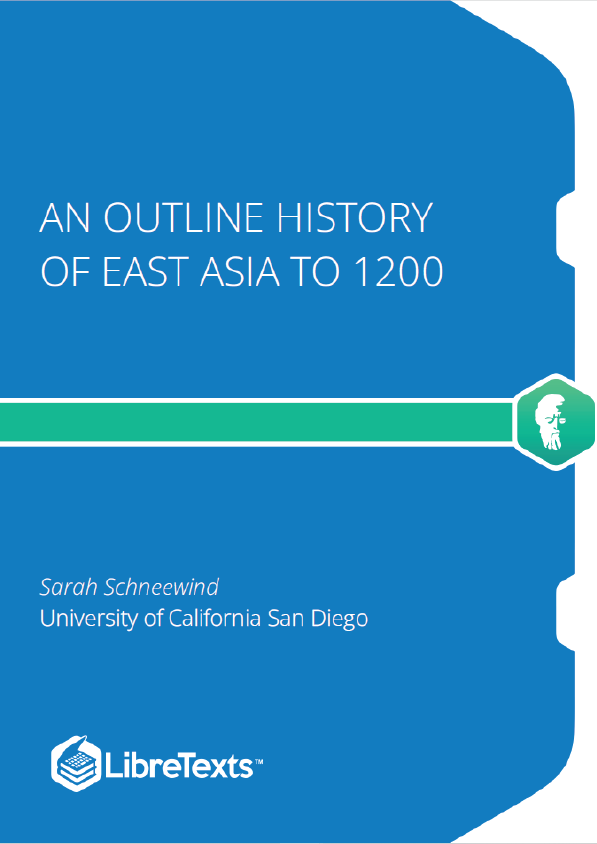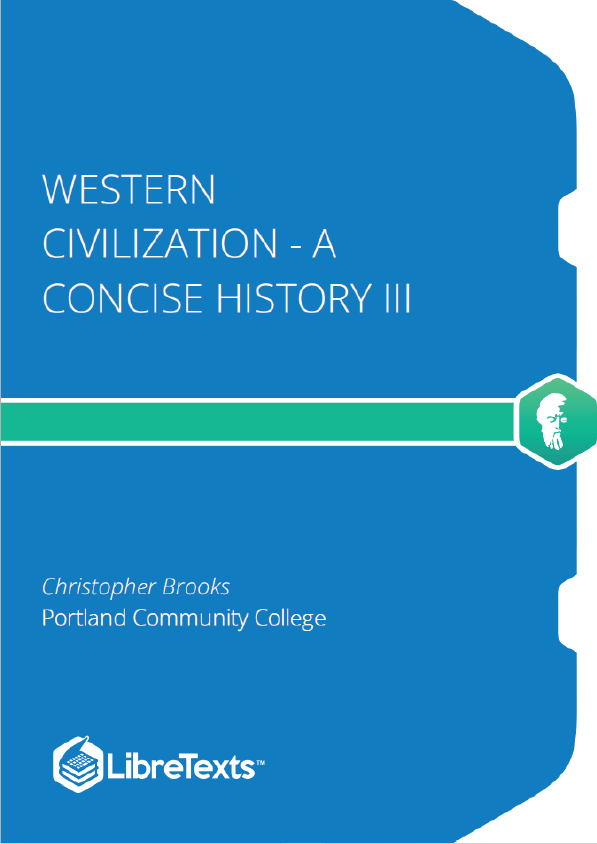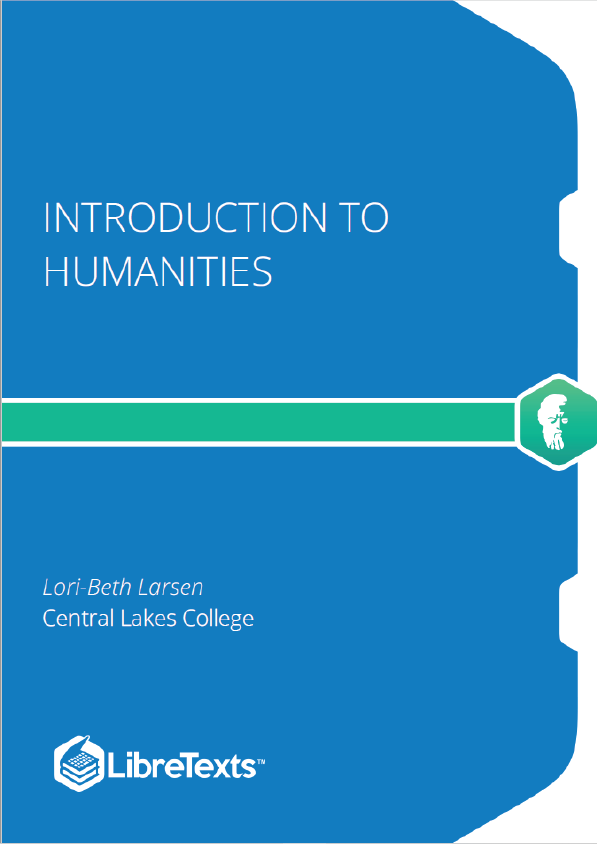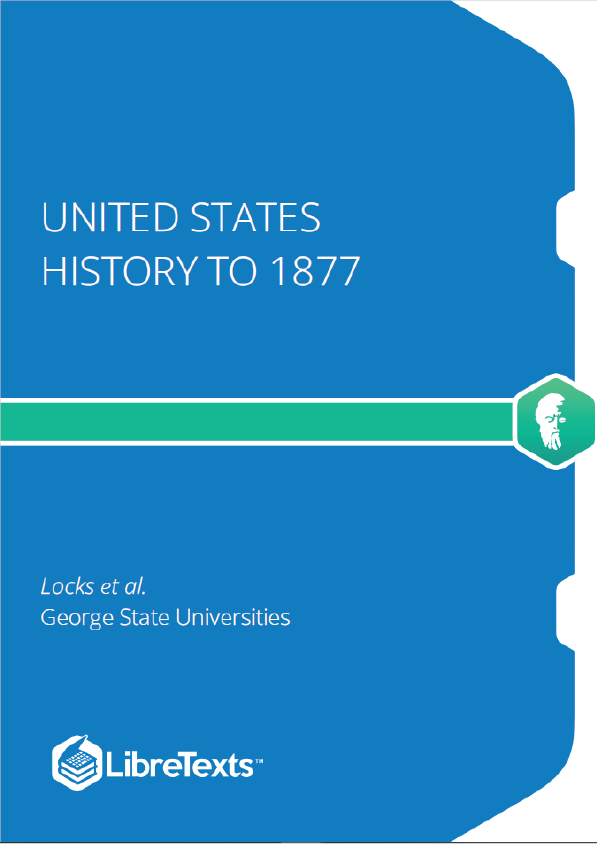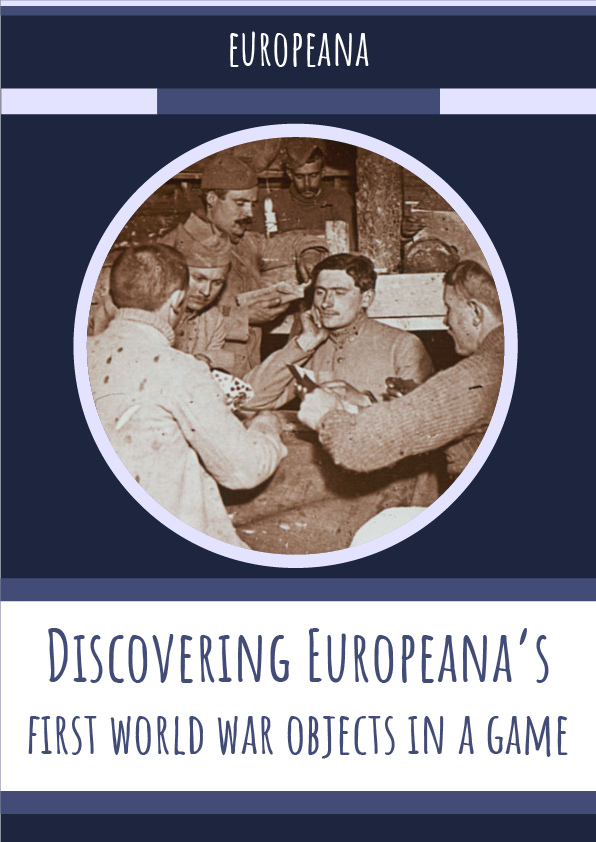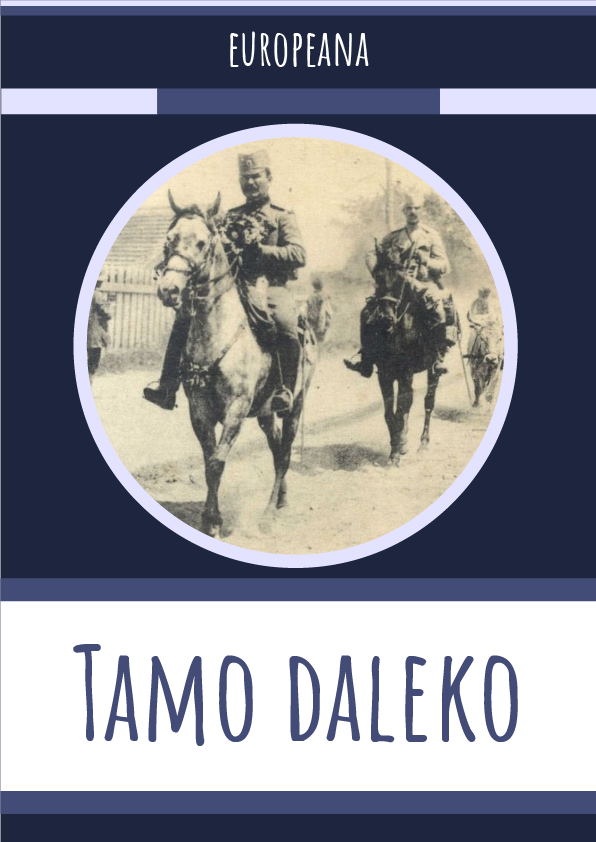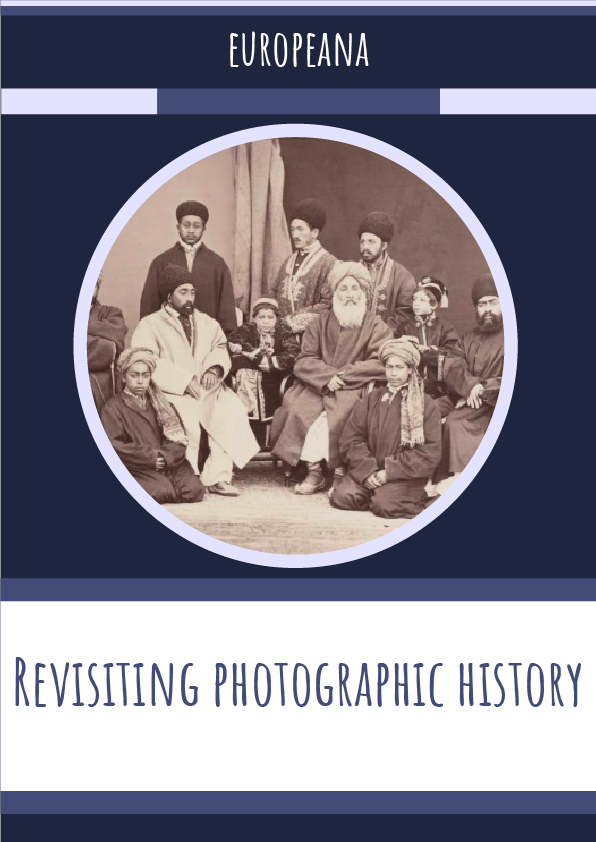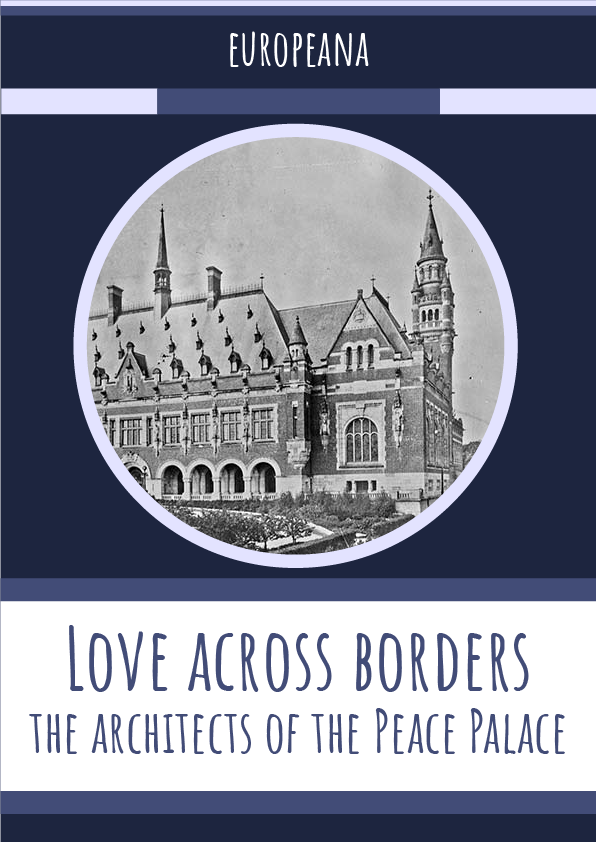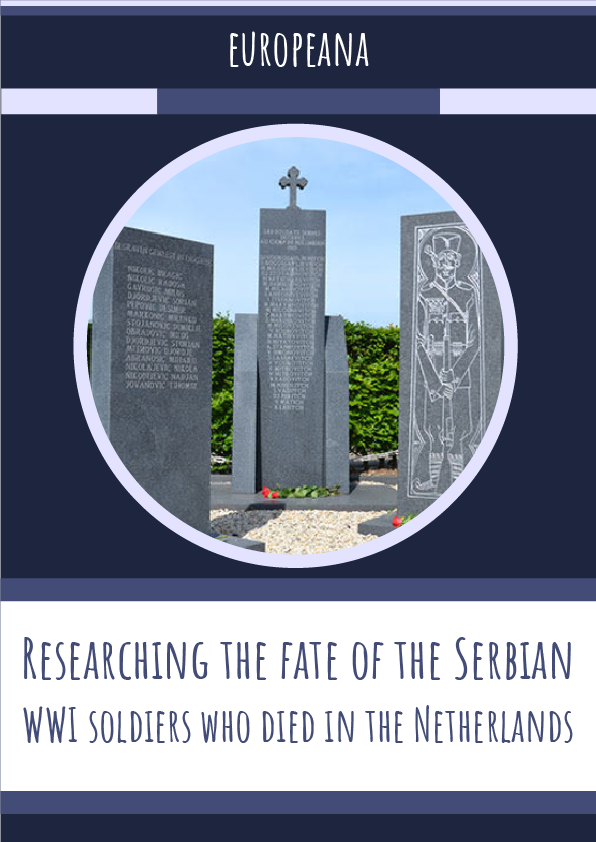Pan Gu was the first born. When he died, he was transformed. His breath became the wind and the clouds. His voice became the thunder; his left eye became the sun and his right eye became the moon; his arms and legs became the four poles or directions and the five parts of his torso became the five sacred mountains; his blood and semen became the water and rivers. His muscles and veins became the earth’s arteries; his flesh became fields and land. The hair on his head and his beard became the stars. The hairs on his body became plants and trees. His teeth and bones became metal and rock. His marrow became pearls and jade. His sweat became the streaming rain. And the small lice that ran about his body were touched by the wind and turned into people.
It is easy to see that a myth like this is just a story. But there are other myths that seem to us rational. Every nation today relies on an ideological foundation of myth for its cohesion. As historian Kim Byung-Joon writes, “All countries are prone to harbor a few illusions about their ancient history. They like to assert that their history began at the earliest date possible, and tend to characterize it as a grand and splendid history, uniquely distinct from all others.” The United States of America, for instance, presents itself as the land of opportunity and freedom, although its prosperity began with land stolen from Native Americans and labor stolen from African slaves. These myths, like the nations themselves, have been constructed and elaborated by people over time. They are neither purely imaginary nor purely factual. Often they contradict historical knowledge for which there is firm evidence.
The two Chinas, the two Koreas, and Japan all have such myths. Chiang Kaishek, the first leader of the Republic of China on Taiwan, and Xi Jinping, the current President of the People’s Republic of China, agree that Chinese culture has been uninterrupted for more than 5,000 years and has been absorbed into the Chinese “bloodline.” But the figure of four or five thousand years is pure invention: made up by a foreign missionary in the late nineteenth century. Against the myth of an unbroken, pure Chinese heritage, historian Wang Hui writes, “Under the surface of the idea of China’s unified imperial system, there have always been changes wrought by differences within and between state organizations, social groups, regions, ethnic groups, and religious faiths… The so-called pure Han nationality and the image of its imperial culture has always been a fantasy.” Because of China’s long written and archaeological records, this variety and change are well-attested. The chapters to come give some examples.
Tangun, the father of the Korean people, supposedly lived around what we call 2333 BC. That was about 2,200 years before the merest scraps of writing extant from the peninsula. Historian Hyung Il Pai judges that “Korean studies that address topics such as the emergence of ancient Korean civilization, statehood, religion, and identity are inexplicable without reference to a complex jumble of contradictory narratives filled with Tangun fiction, competing dynastic myths, and hypothetical invasions of tribes, as well as unaccountable archaeological data. This state of confusion has rendered it virtually impossible to distinguish fact from fiction in studies on ancient Korea.” With no way to know whether Tangun existed, we must consider the idea that the Korean people descended from him a myth.
